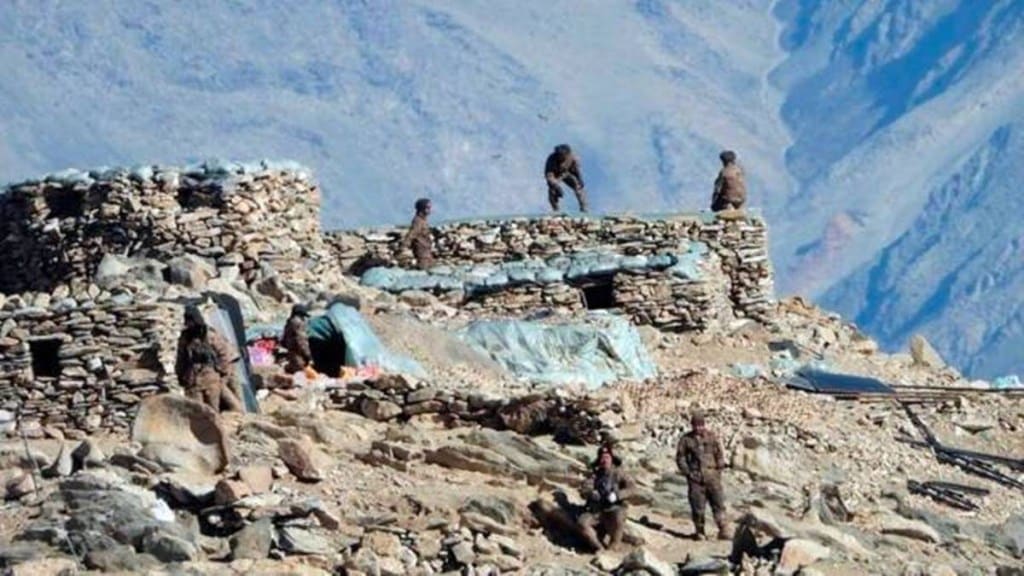The violent clash between the Indian and Chinese armies in Ladakh’s Galwan Valley on June 15, 2020, resulted in the loss of 20 Indian soldiers, making it the deadliest confrontation in 45 years. This incident sparked a prolonged military standoff and necessitated at least 18 rounds of military talks for the disengagement process with China.
Events of June 15, 2020:
Tensions had been escalating at the Line of Actual Control (LAC) for weeks, with increased troop deployments by both sides. India claimed that China had encroached upon its territory along the LAC. On June 6, talks between local military commanders had led to a mutually agreed-upon disengagement process.
However, during the creation of a buffer zone between the two armies, an Indian commander discovered a Chinese camp and went to investigate, resulting in a violent clash leading to casualties. Although no gunfire occurred, a year-end review by the Defence Ministry in 2021 revealed that China employed “unorthodox weapons” during the Galwan clash.
China admitted for the first time in February 2021 that five of its military personnel were killed in the clash in eastern Ladakh.
Stalemate in military talks:
Following the clash, a meeting at the level of Major Generals from both armies took place at Patrolling Point 14, which helped stabilize the situation. Talks at the diplomatic and military level resulted in the release of ten Indian Army personnel who were initially captured by the Chinese.
Prime Minister Narendra Modi addressed the nation, emphasizing India’s desire for peace while asserting the country’s capability to respond firmly to provocations.
A meeting between the Corps Commanders of the Indian and Chinese armies on June 16 concluded with a “mutual consensus to disengage.” However, no concrete plan was formulated, and subsequent meetings and diplomatic talks failed to break the impasse.
India’s objectives during talks:
India aimed for a restoration of the status quo ante, with troops returning to their pre-faceoff locations from May. In contrast, Chinese Foreign Ministry spokesperson Zhao Lijian claimed via Twitter that the Galwan Valley belonged to China, as it was part of the Chinese side of the Line of Actual Control.
The series of meetings continued throughout 2020, with tensions escalating in September when the Chinese PLA alleged that Indian troops had fired warning shots, prompting them to take countermeasures to stabilize the situation in the contentious Pangong Tso sector of Ladakh.
Breakthrough and disengagement:
A major breakthrough in resolving the nine-month-long military standoff was achieved in February 2021. China’s Defence Ministry announced synchronized and organized disengagement of Chinese and Indian troops from the southern and northern shores of Pangong Tso. This agreement aligned with the consensus reached during the ninth round of military talks between Corps Commanders. And this was later confirmed in a written statement, Senior Colonel Wu Qian, spokesperson for the Chinese Ministry of National Defense, confirmed the disengagement process beginning on February 10, 2021.
Ongoing challenges and friction points
Although progress was made in disengaging troops from the north and south banks of Pangong Tso, outstanding issues remain regarding deployment and patrolling along the LAC. Disengagement from Demchok and Depsang Plains remains where Chinese troops have been obstructing Indian soldiers’ access to traditional patrolling points.
